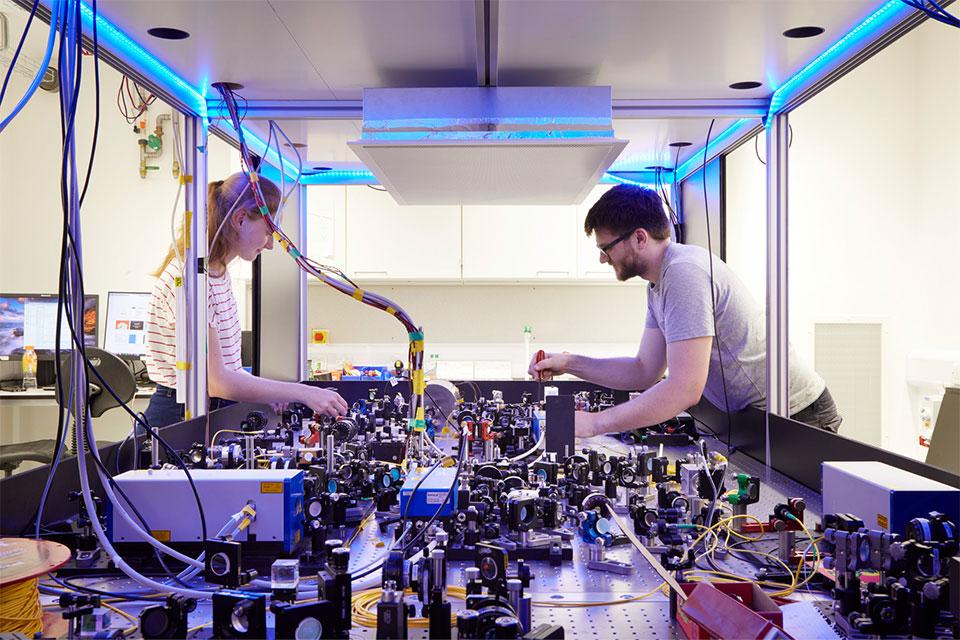Martin Wood Complex, Department of Physics, University of Oxford, Parks Road, Oxford, OX1 3PU
Abstract:
The accurate computation of compressible turbulent mixing remains a grand challenge for engineers. As a full solution is not possible, analysis and design depend on tuned governing models able to solve the full physics of a given problem with reduced representation of the turbulent flow. The talk will overview research focussed on improving our understanding and modelling of the Richtmyer-Meshkov Instability, where turbulent mixing is initiated from the deposition of vorticity through shock interaction with a contact surface. This instability is responsible for useful mixing enhancement in scramjets, and performance degradation in inertial confinement fusion (ICF). We will summarise the key results of investigations spanning the linear, non-linear and fully turbulent regime and implications on the development of reduced order models. We will then focus specifically on the development of compressible mixing layers exposed to anisotropic mean strain, as occurs in convergent or divergent flows in ICF. A novel methodology of applying these strain-rates in planar geometry allows for an investigation of how the strain-rates affect the development of the mixing layer through the linear regime towards late-time self-similarity. Simulation results show that the applied strain-rates cause the mixing layer to differ significantly from the layer without applied strain rate, and that existing lower fidelity models are insufficiently accurate. Based on these observations, we propose physically motivated modifications to the Buoyancy-Drag and K-L turbulence models which improve agreement with higher fidelity simulations.

